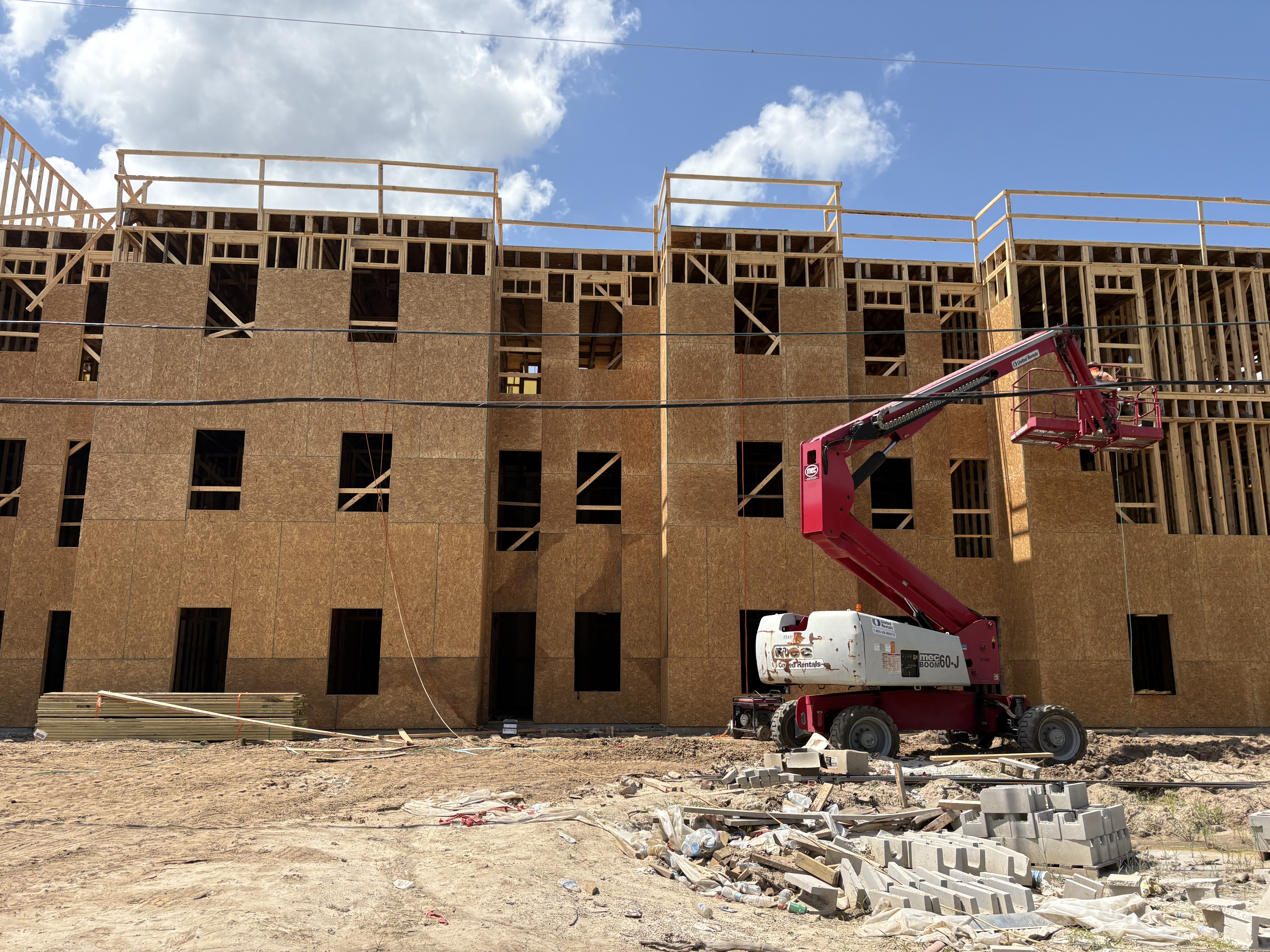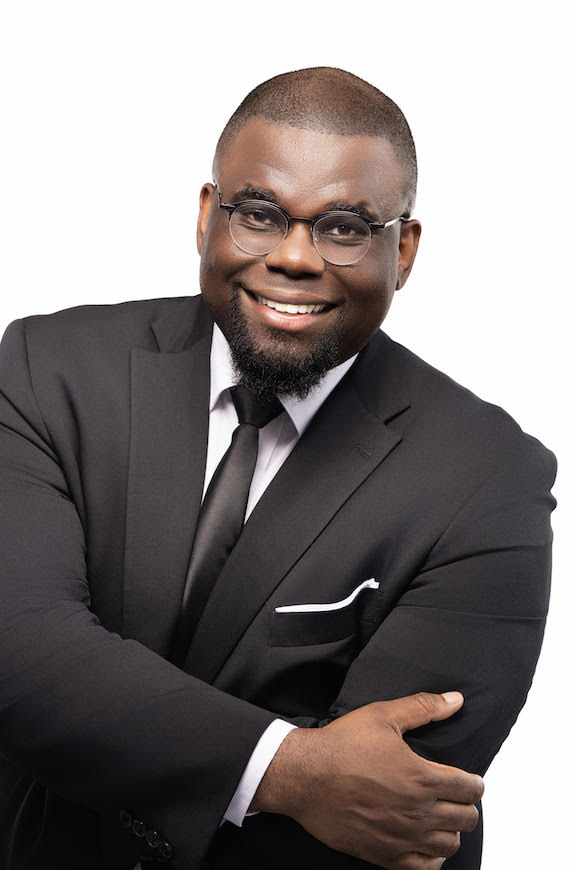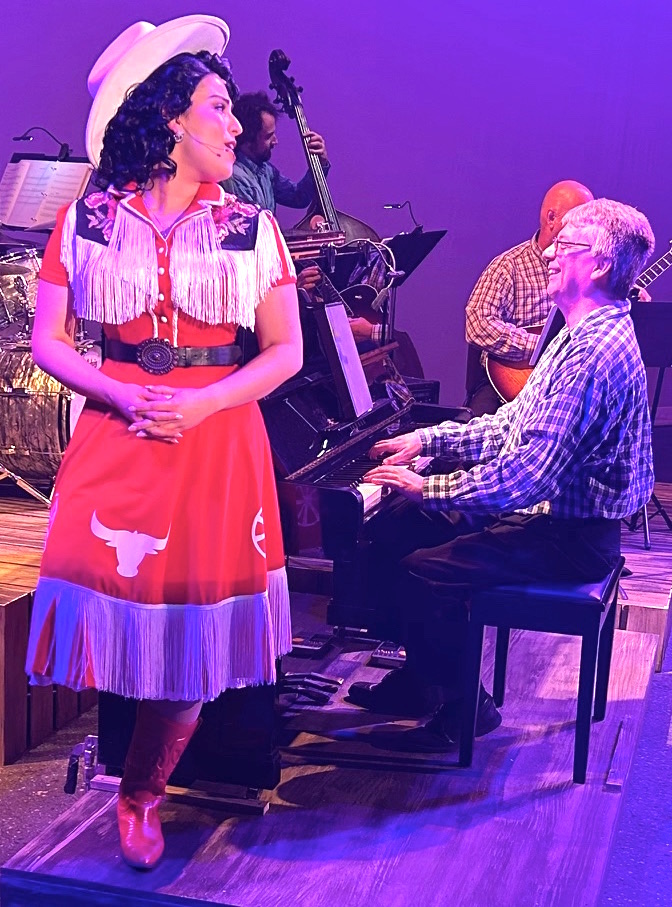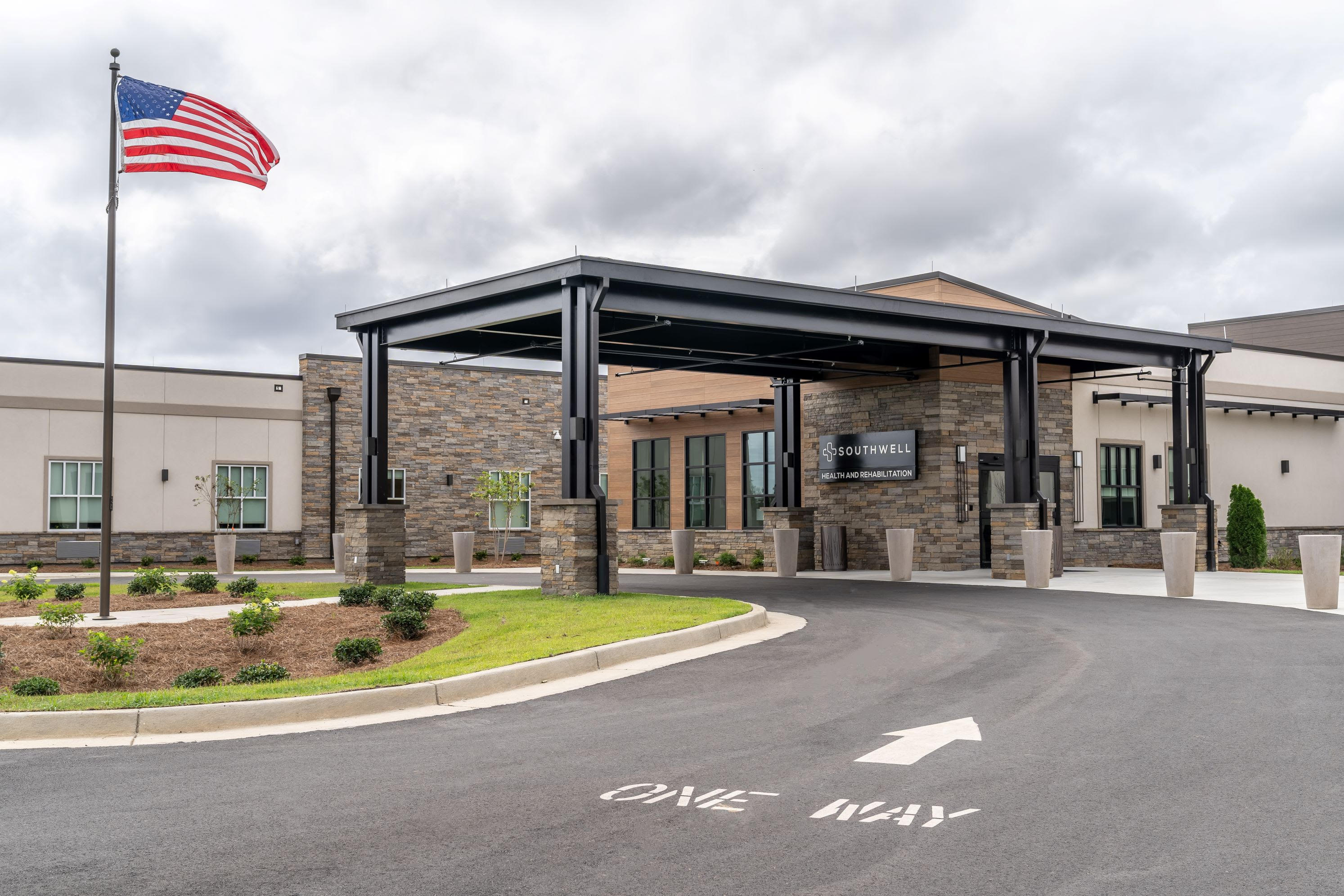AIDS in the ‘deepsouth’
Published 8:00 am Monday, November 26, 2012
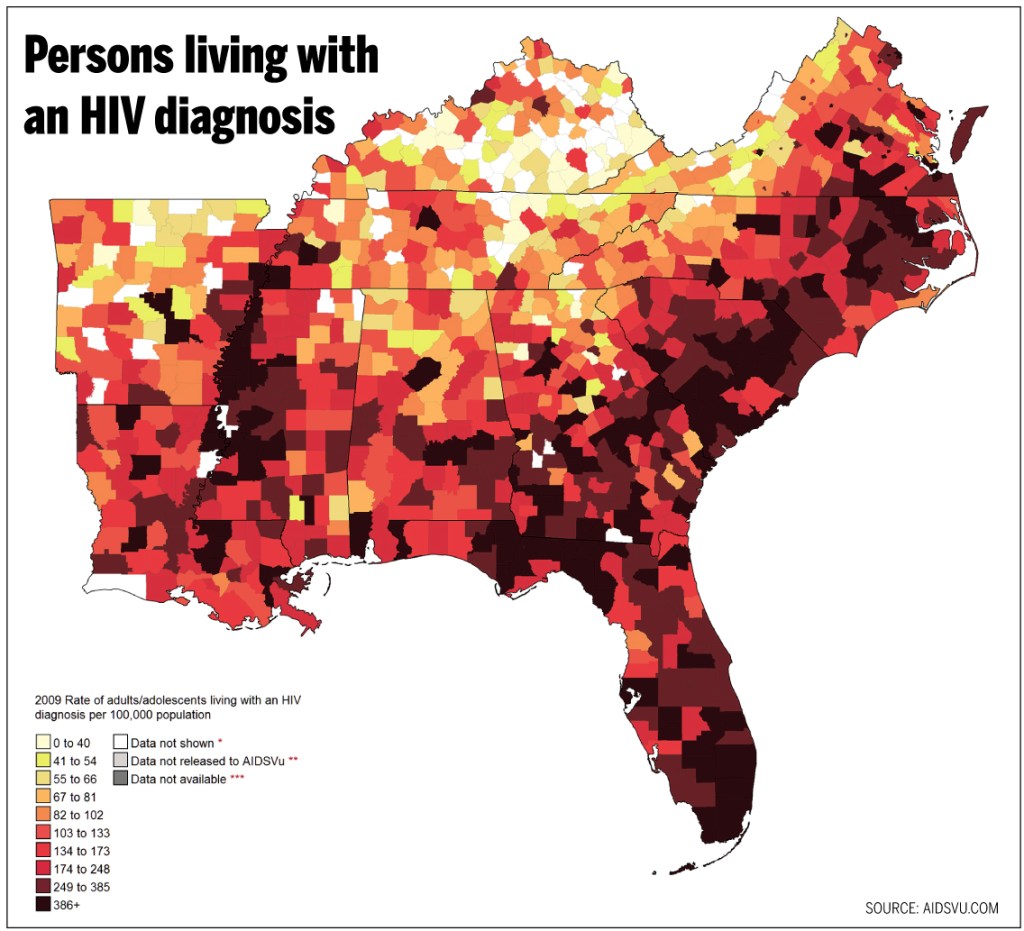
- Page 1.jpg
While AIDS is not forgotten, many people do wrongly think it is no longer a danger, especially to themselves and their friends; however, a new documentary playing later this week will reveal that AIDS and HIV are on the rise especially in the South.
Trending
As recognition of World AIDS Day on Dec. 1, South Health District and Valdosta State University Health Promotions are sponsoring a screening of “deepsouth” and hosting the documentary’s director, Lisa Biagiotti, Friday afternoon, Nov. 30.
The movie’s website describes “deepsouth” as “a documentary about the new American South and the people who inhabit its most quiet corners. Beneath layers of history, poverty, and now soaring HIV infections, four Americans redefine traditional Southern values to create their own solutions to survive.”
Organizers note that Georgia is ranked sixth highest nationally for its cumulative number of AIDS cases reported through December 2009. More than 40,000 known HIV/AIDS cases were reported in Georgia as of 2010.
The South Health District’s 10 counties, which include Lowndes and surrounding counties, report 950 confirmed cases of HIV/AIDS, while many more are likely infected and risk becoming sick because they are not being treated. More specifically, there are about 460 reported cases in Lowndes County.
In reporting these numbers, HIV is the virus (HIV disease) and AIDS is the medical diagnosis made by a doctor of the symptoms, according to South Health District.
World AIDS Day and events such as the movie are intended to serve as reminders that HIV/AIDS remain with us and, in many cases, are increasing.
Trending
“As someone who has worked in the HIV field for a long time and who speaks weekly to groups of people from jail inmates, drug center participants, VSU students, church groups, and many others, it sometimes feels as people have not forgotten, but think either it is not as bad as it was or that they and their social group/family are at no risk of contracting the disease,” says John Rogers, South Health District public health educator. “Both notions are completely wrong. I have had conversations with doctors, nurses, PhDs and other professionals who still do not know much about HIV or have a 1980s knowledge of the disease. It’s not just something that people across any social/economic structure think about until it happens to them or a family member.”
Rogers cites two reasons for this trend.
One, many people think it is no longer as prevalent because national news indicates lower death rates compared to reports from the 1980s because new drugs are keeping people alive. While new drugs are keeping infected people alive longer with a better quality of life, “the number of those infected every year has not decreased and we are still seeing 55,000 people a year newly infected with roughly half of those new infections in the South,” Rogers says.
Two, misconceptions, especially in South Georgia, lead people to believe they face no danger. Rogers lists these misconceptions: “it is a gay disease, only drug users get it, only people who slept around get it, there is no HIV in the rural areas of Georgia, only young people get it and many other misconceptions. All of these are also wrong.”
But the majority of HIV patients seeking public health treatment are not gay. They are straight, Rogers says.
“Many people find out they are HIV positive due to having reoccurring illnesses that cannot be explained and finally an HIV test is preformed to rule out HIV when it is discovered,” Rogers says. “Most people are not careless, but assume and trust the person they are with to not have HIV, but neither person has ever been tested or it has been years and they do not think they are at risk. It takes five to eight years for people to physically feel sick most of the time, and by that time, they could have exposed others to HIV without even knowing it.”
So, while the public may no longer consider HIV/AIDS an emergency, public health officials and those infected do.
“Many people nationally have addressed this lack of importance and pointed to the changing demographics of the disease from one of celebrities and gay white men in big cities to poor and minorities in rural areas,” Rogers says. “World AIDS Day is a time to bring awareness of HIV/AIDS and those living with the disease, their families, and the stigma they face. It is also a time to remember those who lost their lives to this disease. We feel this movie will tell some of these stories and challenge people’s view of HIV in the South.”
Winner of the Sidewalk Film Festival Shout! LGBT best documentary feature award and the Outflix Film Festival’s best domestic documentary and audience favorite awards, “deepsouth” tells the stories of people facing the disease and Southern reactions to the disease. “Josh, a college student, seeks the support of an underground gay family miles away from his suffocating Mississippi Delta hometown,” according to information about the movie. “With no funds and few resources, Monica and Tammy try tirelessly to unite reluctant participants at their annual HIV retreat in rural Louisiana. Kathie, an Alabama activist, spends 120 days a year on the road fighting a bureaucracy that continues to ignore the South.”
Public health officials know these types of stories well, but many young people are unfamiliar with the realities due to lack of information.
“Most of the young people we encounter still have a lot of bad information on HIV or misconceptions,” Rogers says. “We do not do classes at schools as this is up to the boards of education, but at VSU, community groups, churches, and the county jails, the young people seem to have had some information about HIV but many also have incomplete information. There is also a lot of talk among young people about HIV, and sexually transmitted diseases, but when you sit down and ask them to tell you what they know, you realize there is a lot of gaps in that knowledge. There are models nationally that have been shown to work and are effective and allow for parental input.”
Meanwhile, there remains no cure for AIDS. Promising research continues. Prevention and treatment remain the best avenues of battling HIV/AIDS.
“Preventing people from acquiring the disease is the best thing. But as the numbers, especially for the South, indicate, prevention is still the harder of the two,” Rogers says. “Treatment for those infected is the next best thing. While we cannot cure someone, if they seek treatment and take the medications, they can live for a long time. When people take the HIV medications, there is also less chance of infecting others.”
The average lifespan has increased in the past 20 years. In the 1990s, the lifespan was 10-15 years. The current lifespan is 25 years after diagnosis. Improved medications have improved lifespans.
“We routinely see people here that have been positive for 15 years or more and are working, taking care of grandkids, and living a full and productive life,” Rogers says. “Doctors are saying they believe we will see people living 30-50 years soon if they are taking medications and taking care of themselves.”
Such improvements should not be viewed as a cure.
“People soon forgot that HIV is an issue and since folks are not dying as they were in the 1980s that HIV is not that bad,” Rogers says. “People are still struggling with HIV even if they are doing everything right and it is not a disease that you can just take your medication and everything will be all right. There are bumps in the road and many people struggle to take the medication due to other illness or cannot tolerate the medications.”
Still, despite the many improvements in medication and the increase in lifespan, the stigma of HIV/AIDS continues posing new problems for people being diagnosed, seeking the proper treatments and living productive lives.
“People who are HIV positive live in fear of others finding out about their illness. This stigma has caused people to lose friends, churches, jobs, living spaces, and family,” Rogers says. “This stigma and fear of exposure causes people to isolate and can make people sick or at risk of substance abuse or mental health issues. All these cause issues with their HIV treatment and can lead to more illness and earlier deaths. This stigma also can blind HIV negative people to the real dangers of HIV by giving them a false sense of safety.”
FILM SHOWING
South Health District and Valdosta State University Health Promotions present the documentary “deepsouth,” with film director Lisa Biagiotti discussion following.
When: 4:30 p.m. Friday, Nov. 30.
Where: VSU Student Union Theatre.
Admission: Free and open to the public.
More information: Call Infectious Diseases Office, (229) 245-8711.
HIV/AIDS: The U.S.
• 1.2 Million People are living with HIV/AIDS in the U.S.
• 20 percent of those do not know they have HIV (roughly 250,000)
• 48,000 to 56,000 people are newly infected with HIV every year in this county
HIV/AIDS: The South
• Roughly 50 percent of these 1.2 million live in the South.
• High rates of poverty in an area are an indicator of higher rates of HIV infection in the South.
HIV/AIDS: Georgia
• Sixth in the nation for the cumulative number of people living with AIDS in 2009 with 40,328.
• Currently 32,194 people are living with HIV in Georgia.
• Fifth in the nation for new HIV infections as of 2010
• 20-40 percent of Georgians do not know they are infected and only get tested once they feel the effects of the disease (five to eight years after acquiring HIV).
• African-Americans bear the brunt of the disease and represent 78 percent of new infections
• The age group with the highest new infections was 30-39 year olds.
• The highest age group living with HIV not AIDS is the 40-49 age group.
• 30 to 50 year olds in Georgia and nationally have the highest new infections and highest living with HIV.
• 55 and up is one of the fastest growing age groups of those living with HIV.
HIV/AIDS: South Health District (Lowndes, Brooks, Echols, Lanier, Cook, Berrien, Tift, Irwin, Ben Hill, Turner)
• 950 people are living with HIV/AIDS in the 10 counties of South Health District as of 2010.
• About 460 people are living with HIV/AIDS in Lowndes County.
• African-Americans make up75 to 80 percent of all HIV cases in South Health District.


